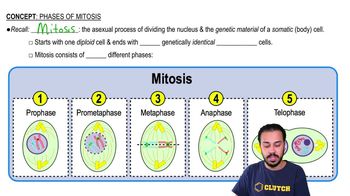At metaphase of mitosis, ________.
a. The chromosomes are condensed and found at the poles.
b. The chromosomes are composed of one sister chromatid.
c. Cytokinesis begins.
d. The chromosomes are composed of two sister chromatids and are lined up along the equator of the cell.






